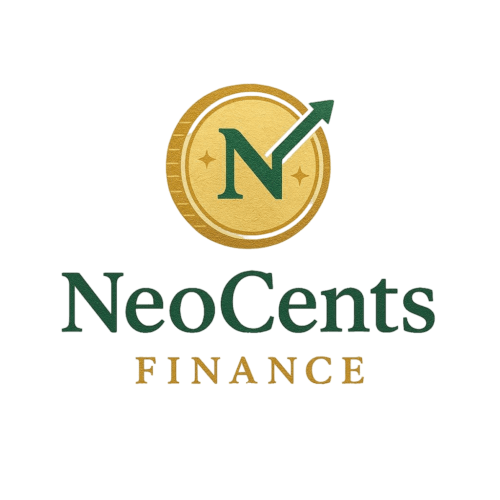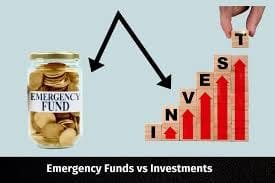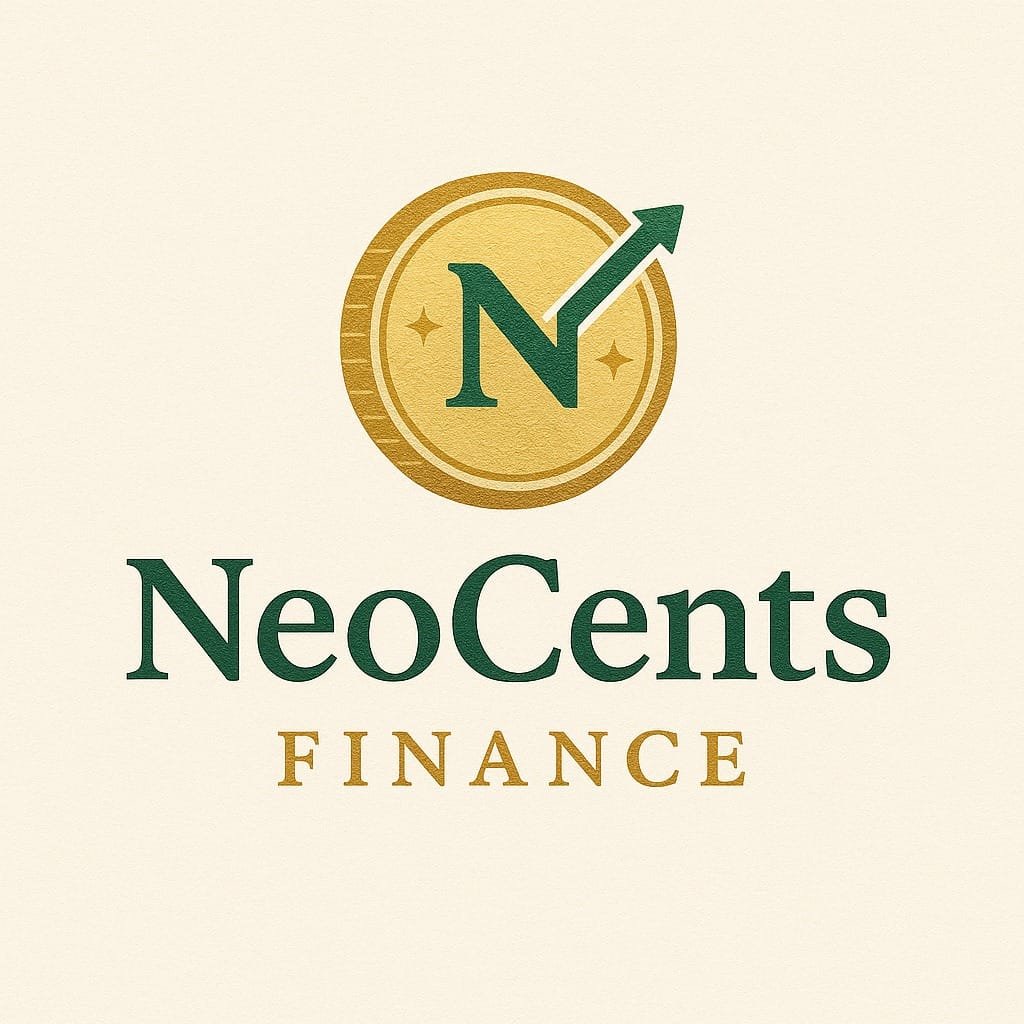Welcome to the wonderful world of DeFi — or as your tech-savvy cousin at Thanksgiving dinner calls it, “The future of finance”.
Now, as much as DeFi has gained a lot of traction in the last few years, a lot of individuals (Gen-X and Millennials) are still very unsure about what it entails, the blockchain ecosystem, worse, the degens lingo is still very much mysterious to certain demographics. Although that one family member who is tech-savvy has tried to explain it one time too many, you still don’t get it; you nod politely and smile, even though they’ve explained it to you as if it were just as common as baking a lasagna.
Well, fret not, because you’re not alone. We will unravel the mystery of Decentralized Finance (DeFi) in plain, jargon-light English.
We’ll take a casual stroll through what DeFi is, why it matters, how it works, and how it might just change the financial game forever, or crash in flames — but let’s stay optimistic.
What Even Is DeFi?
DeFi stands for Decentralized Finance, which, in essence, is a system of financial tools and services built on blockchain technology that removes the need for traditional financial institutions like banks, brokers, and insurance companies.
So, imagine lending money to your friend with zero middlemen. No banks, no paperwork, no bankers sipping espresso while charging you fees. That’s the DeFi concept — it uses smart contracts (automated programs on the blockchain) to replace the functions conventionally handled by financial middlemen.
The DeFi universe is built mostly on Ethereum, a blockchain known not just for storing cryptocurrency (ETH), but also for enabling smart contracts that can do everything from transferring tokens to making you a virtual loan shark.
Centralized Finance (CeFi) vs. DeFi: The Epic Showdown
In traditional finance (CeFi), we put our faith in big ol’ institutions: banks, government-backed currencies, and regulatory watchdogs. They provide the infrastructure for loans, savings accounts, insurance, and more.
But DeFi says, “Thanks, but no thanks.”
Features of Centralized Finance (CeFi) and Decentralized Finance (DeFi):
| Feature | CeFi | DeFi |
|---|---|---|
| Control | Banks and governments control it. | It is controlled by code and protocols. |
| Accessibility | It is limited (based on credit, geography, etc.) | It is open to anyone with internet access. |
| Transparency | It is often opaque, with lots of restrictions. | It is fully transparent on the blockchain. |
| Custody | Third-party holds your money. | You hold your own funds. |
| Downtime | Bank holidays and maintenance. | 24/7/365. |
So DeFi is kind of cutting out the middleman and trusting math, code, and global consensus. What could go wrong? (A lot, but we’ll get there.)
The Building Blocks of DeFi
DeFi is not just one thing; it’s a bunch of Lego bricks made of code, and when you stack them right, you get cool financial services. Here are the big ones:
1. Smart Contracts
Self-executing agreements that live on the blockchain.
Think of them as vending machines: you put in the right input (like ETH), and they spit out the right output (like a loan or interest).
2. Decentralized Exchanges (DEXs)
Platforms like Uniswap, SushiSwap, and PancakeSwap let people trade crypto directly with each other, without a central authority.
No brokers, no approval wait times, no suits, no limits.
3. Stablecoins
Cryptocurrencies are pegged to traditional currencies like the US dollar.
Popular ones include USDT, USDC, and DAI.
4. Lending and Borrowing Platforms
With platforms like Aave, Compound, and MakerDAO, you can lend your crypto to earn interest or borrow against your crypto without a credit score.
5. Yield Farming and Liquidity Mining
Earn rewards by locking your crypto into protocols.
But beware — high returns often come with high risk.
6. Insurance and Derivatives
Platforms like Nexus Mutual provide insurance for smart contracts.
You can also trade derivatives on platforms like Synthetix.
The Benefits (AKA Why You Should Care)
DeFi isn’t just for crypto nerds or digital cowboys. It’s potentially a game-changer for anyone tired of traditional finance shenanigans.
1. Accessibility
If you have an internet connection and a crypto wallet, congratulations: you’re in.
2. Transparency
All transactions are recorded on public blockchains.
Try doing that with your local bank’s lending records.
3. Lower Fees
Without intermediaries, DeFi platforms offer lower transaction costs.
(Sometimes gas fees can still be high — looking at you, Ethereum.)
4. Control Over Your Money
You hold your own funds. No more begging banks for access.
5. Innovation and Customization
Mix and match protocols like LEGO to build your own financial system.
The Risks (AKA Don’t Mortgage the House Just Yet)
Of course, DeFi isn’t all rainbows and blockchain unicorns. Real risks include:
1. Smart Contract Bugs
Code can be flawed, and hackers have stolen millions.
And no, you can’t call customer service.
2. Impermanent Loss
Providing liquidity to a DEX can result in losses from price fluctuations.
3. Regulatory Uncertainty
Governments are still figuring out how to regulate DeFi.
One policy could change everything overnight.
4. User Error
Lose your keys? Send funds to the wrong address?
You’re toast. No “forgot password” option here.
5. Scams and Rug Pulls
Some DeFi projects are built to steal your money.
The dev team can vanish overnight — hence “rug pull”.
Real-World Uses and Wild Dreams
Let’s get out of the theory zone and talk real use cases:
Unbanked Populations: Financial services for billions without banks
Remittances: Faster, cheaper cross-border money transfers
Savings and Investments: Platforms like Yearn. Finance optimizes investments
Tokenized Assets: Invest in fractional shares of real estate, art, or even gold
Imagine a Future Where:
Mortgage approval doesn’t need a bank
Retirement plans don’t rely on Wall Street
Insurance pays out instantly — your fridge said your ice cream expired
How to Dip Your Toes In (Without Drowning)
Ready to try DeFi? Here’s a simple guide:
Step 1: Get a Crypto Wallet
Try MetaMask, Trust Wallet, or Coinbase Wallet.
Step 2: Buy Some Crypto
Use exchanges like Coinbase, Binance, or Kraken.
Step 3: Connect to a DeFi App
Visit a DApp like Uniswap or Aave and connect your wallet.
Step 4: Start Small
Swap a little ETH. Deposit small amounts.
Don’t use your rent money.
Step 5: Stay Informed
Follow news on CoinDesk, Decrypt, or Twitter.
DeFi evolves quickly — blink and you’ll miss a new protocol.
Final Thoughts
DeFi is still young, still chaotic, and still figuring itself out. It’s:
Part tech experiment
Part financial revolution
Part online casino
But beneath the chaos lies potential — the potential to make finance more inclusive, open, and innovative.
Will DeFi replace banks? Maybe.
Will it collapse under its own ambition? Also maybe.
But like any major innovation, it’s worth understanding.
Next time someone says, “DeFi is the future,” you can confidently say:
“Yeah, I read an article about that. Pretty wild stuff.”





